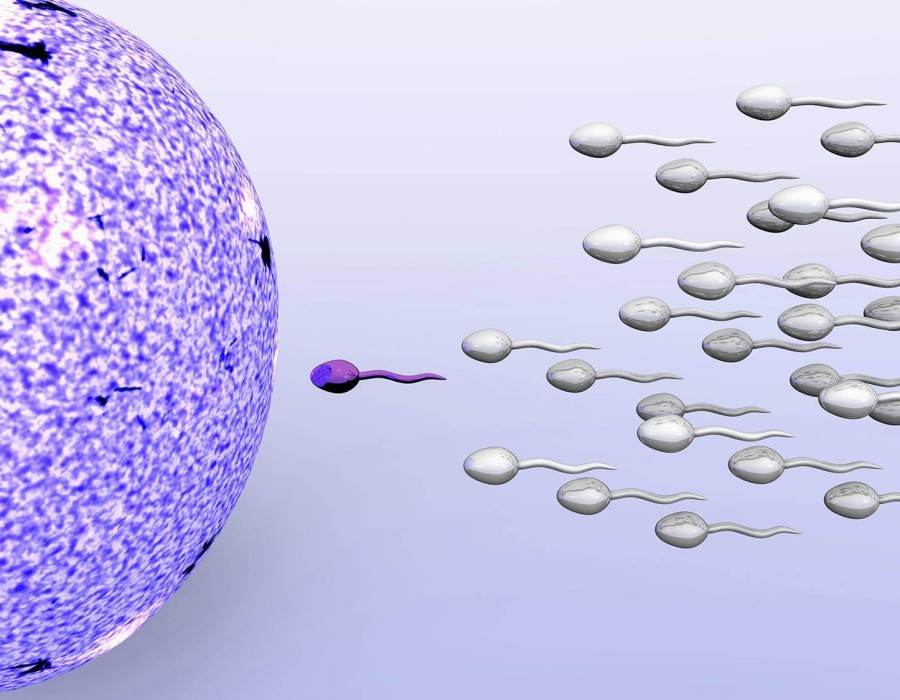For those seeking infertility treatment in Kota, In Vitro Fertilization (IVF) is a well-established and widely used method to help individuals and couples achieve pregnancy. Here’s a comprehensive overview of how IVF works and what the typical success rate is:
How IVF Works
Ovarian Stimulation
- Hormone Injections: The process begins with hormone injections to stimulate the ovaries to produce multiple eggs. This is usually done using medications like gonadotropins.
- Monitoring: Regular ultrasound scans and blood tests are conducted to monitor the development of follicles in the ovaries.
Egg Retrieval
- Procedure: Once the follicles are mature, a minor surgical procedure called egg retrieval or follicular aspiration is performed. This involves using a thin needle, guided by ultrasound, to extract eggs from the ovaries.
- Anesthesia: The procedure is typically done under light anesthesia or sedation to minimize discomfort.
Sperm Collection
- Sample Collection: A sperm sample is collected from the male partner or a sperm donor. The sample is then processed to select the healthiest sperm.
Fertilization
- Combining Eggs and Sperm: The retrieved eggs are combined with sperm in a laboratory dish. This can be done using conventional insemination or Intracytoplasmic Sperm Injection (ICSI), where a single sperm is injected directly into an egg.
- Incubation: The fertilized eggs (embryos) are then cultured in the laboratory for a few days, typically 3 to 5 days, until they reach the blastocyst stage.
Embryo Transfer
- Selection: The best quality embryos are selected for transfer. Sometimes, preimplantation genetic testing (PGT) is done to screen embryos for genetic disorders.
- Procedure: The selected embryos are transferred into the woman’s uterus using a thin catheter. This is a simple procedure that does not usually require anesthesia.
Implantation and Pregnancy Test
- Waiting Period: After the embryo transfer, there is a two-week waiting period before taking a pregnancy test to determine if implantation has occurred and if the pregnancy is viable.
Typical Success Rate
The success rate of IVF varies based on several factors, including the woman’s age, the cause of infertility, and the quality of the embryos. Here are some general success rate statistics in infertility treatment in kota:
- Age Under 35: Approximately 40–50% per cycle.
- Age 35–37: Approximately 30–40% per cycle.
- Age 38–40: Approximately 20–30% per cycle.
- Age Over 40: Approximately 10–20% per cycle.
Factors Affecting Success Rates
- Age of the Woman: Younger women typically have higher success rates due to better egg quality.
- Cause of Infertility: Certain causes of infertility may impact success rates, such as severe male factor infertility or diminished ovarian reserve.
- Lifestyle Factors: Factors like smoking, body weight, and overall health can affect IVF success.
- Previous Pregnancy History: Women who have been pregnant before may have higher success rates.
- Embryo Quality: Higher quality embryos have a better chance of implanting and developing into a healthy pregnancy.
Conclusion
For those exploring infertility treatment in Kota, IVF is a valuable option with a structured process and variable success rates based on individual circumstances. Consulting with a fertility specialist can provide personalized information and increase the chances of a successful pregnancy through IVF.





Comments